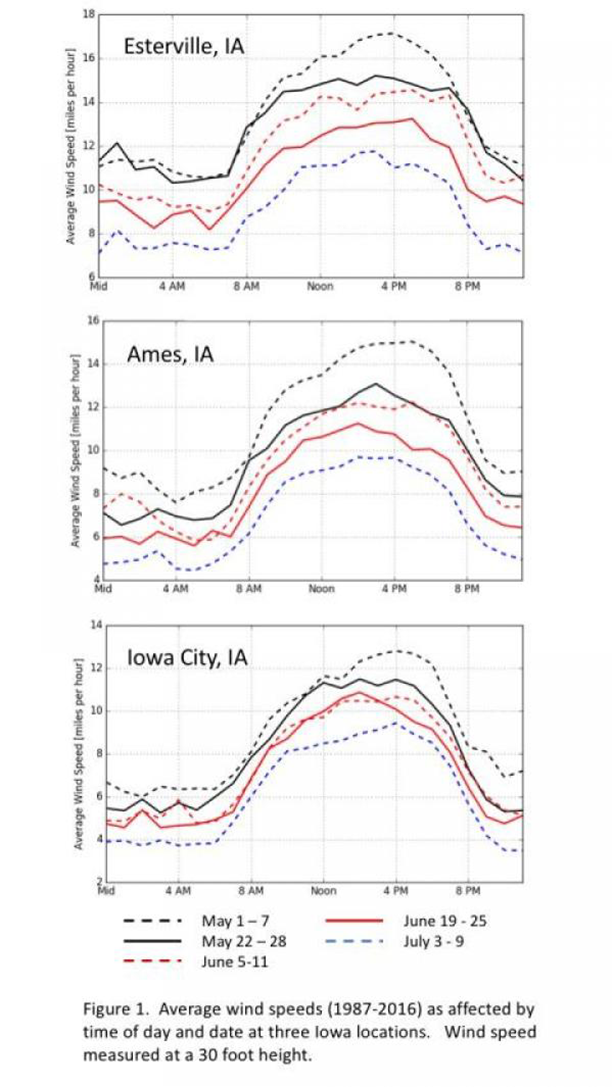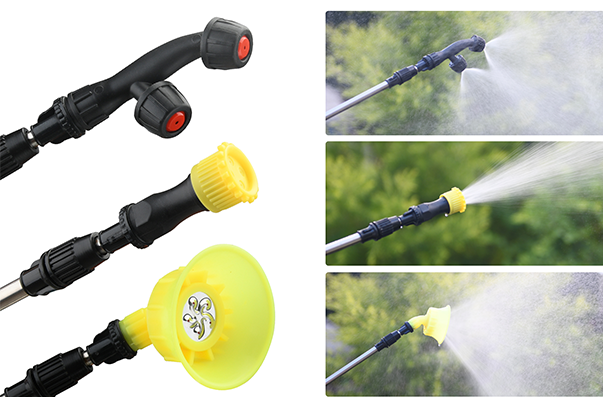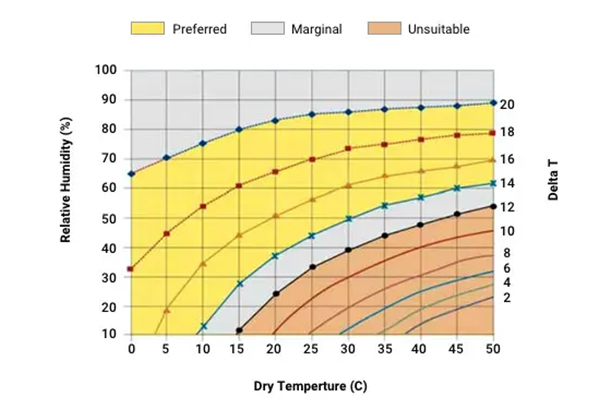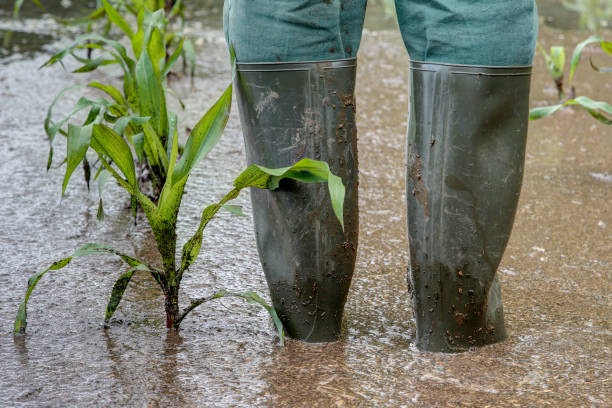Navigating Weather Challenges with Sprayer
When it comes to modern farming, agricultural sprayers are indispensable tools, playing a crucial role in the application of fertilizers, pesticides, and herbicides. However, the efficiency and effectiveness of sprayers can be significantly influenced by various weather conditions. Understanding these factors and how they interact with your sprayer is essential for ensuring optimal crop protection and yield. In this article, we'll explore how weather conditions affect sprayer performance and offer practical tips on how to mitigate these effects, specifically focusing on how our advanced Factory Product Sprayer is designed to tackle these challenges.

Photo via iastate.edu
1. Wind Speed and Direction
Wind is one of the most significant weather factors affecting sprayer performance. High wind speeds can cause drift, where chemicals are blown away from the target area, leading to uneven application and potential damage to neighboring crops. Drift not only wastes valuable resources but can also result in legal issues if chemicals contaminate adjacent properties. According to the University of Nebraska-Lincoln, wind speeds over 10 mph can significantly increase the risk of spray drift, leading to a potential 40% reduction in targeted chemical application (University of Nebraska-Lincoln), (Purdue University).
Solution:
Our Factory Product Sprayer is equipped with advanced nozzles that produce larger droplets, reducing drift by making the spray less susceptible to wind. Additionally, our sprayer's precision targeting system allows for more accurate application, even in challenging conditions. For best results, it's advisable to avoid spraying when wind speeds exceed 10 mph. If spraying is necessary, adjusting the nozzle height closer to the target and using drift-reducing additives can further minimize drift.

2. Temperature
Temperature affects both the physical properties of the spray solution and the behavior of pests and weeds. High temperatures can cause volatile chemicals to evaporate before they reach the target, reducing their effectiveness. Additionally, certain pesticides and herbicides may degrade faster at higher temperatures. Research from the American Society of Agronomy indicates that temperatures above 85°F can reduce the effectiveness of certain pesticides by up to 30% (American Society of Agronomy), (USDA).

Photo via agrio
Solution:
The Factory Product Sprayer features a built-in temperature monitoring system that alerts the operator when conditions may affect spray efficacy. By adjusting the spray settings or timing the application during cooler parts of the day, you can ensure maximum effectiveness of the spray. Our sprayer also supports the use of thermal sensors to monitor real-time temperature changes and adjust the application rate accordingly.
3. Humidity Levels
Humidity plays a crucial role in the evaporation rate of the spray droplets. In low-humidity conditions, the droplets can evaporate quickly, leading to a reduction in the amount of chemical that reaches the target surface. Conversely, high humidity can cause droplets to linger in the air, increasing the risk of drift and reducing the coverage area. The National Weather Service suggests that relative humidity below 50% can lead to rapid evaporation of spray droplets, reducing coverage efficiency (National Weather Service), (USDA).
Solution:
Our sprayer's adjustable droplet size feature allows for the customization of spray particles based on humidity levels. In low-humidity conditions, larger droplets can be used to minimize evaporation, while in high-humidity scenarios, smaller droplets can be deployed to improve coverage without increasing drift. By monitoring humidity and adjusting spray settings accordingly, the Factory Product Sprayer ensures that each application is both efficient and effective.
4. Rainfall and Soil Moisture
Rainfall and soil moisture levels can dilute or wash away chemicals applied to crops, making timing crucial for effective spraying. Applying chemicals just before or during rain can result in significant losses and reduced efficacy. A study by Purdue University highlights that spraying just before or during rain can result in up to 60% loss of applied chemicals due to runoff and dilution (Purdue University), (National Weather Service).

Solution:
Our Sprayer is integrated with a weather forecasting system that helps plan spraying schedules around expected rainfall. This system ensures that applications are timed for periods when rainfall is unlikely, maximizing the absorption of chemicals by the crops. Additionally, our sprayer's moisture sensors can detect soil saturation levels, providing guidance on whether conditions are optimal for spraying.
5. Sunlight and UV Exposure
Sunlight, specifically UV radiation, can break down certain chemicals, reducing their effectiveness shortly after application. This is particularly problematic with herbicides and pesticides that are sensitive to UV exposure. The USDA reports that certain pesticides can lose up to 50% of their effectiveness within hours if exposed to strong UV radiation (USDA), (American Society of Agronomy).
Solution:
To combat this, the Factory Product Sprayer is designed with a UV protection mode, which adjusts the spray timing to early morning or late afternoon when UV exposure is lower. Additionally, our sprayer is compatible with UV-blocking additives that can be mixed into the spray solution to protect the chemicals from degradation.
Conclusion
Weather conditions can pose significant challenges to the performance of agricultural sprayers, but with the right equipment and strategies, these challenges can be effectively managed. The Factory Product Sprayer is engineered with cutting-edge technology that not only withstands these weather-related challenges but also optimizes spraying operations to ensure maximum efficacy and efficiency. By understanding the impact of wind, temperature, humidity, rainfall, and UV exposure, and by utilizing a sprayer designed to adapt to these conditions, you can achieve better crop protection and improved yields.
For more information on how our sprayer can help you navigate challenging weather conditions, contact us today or visit our product page.